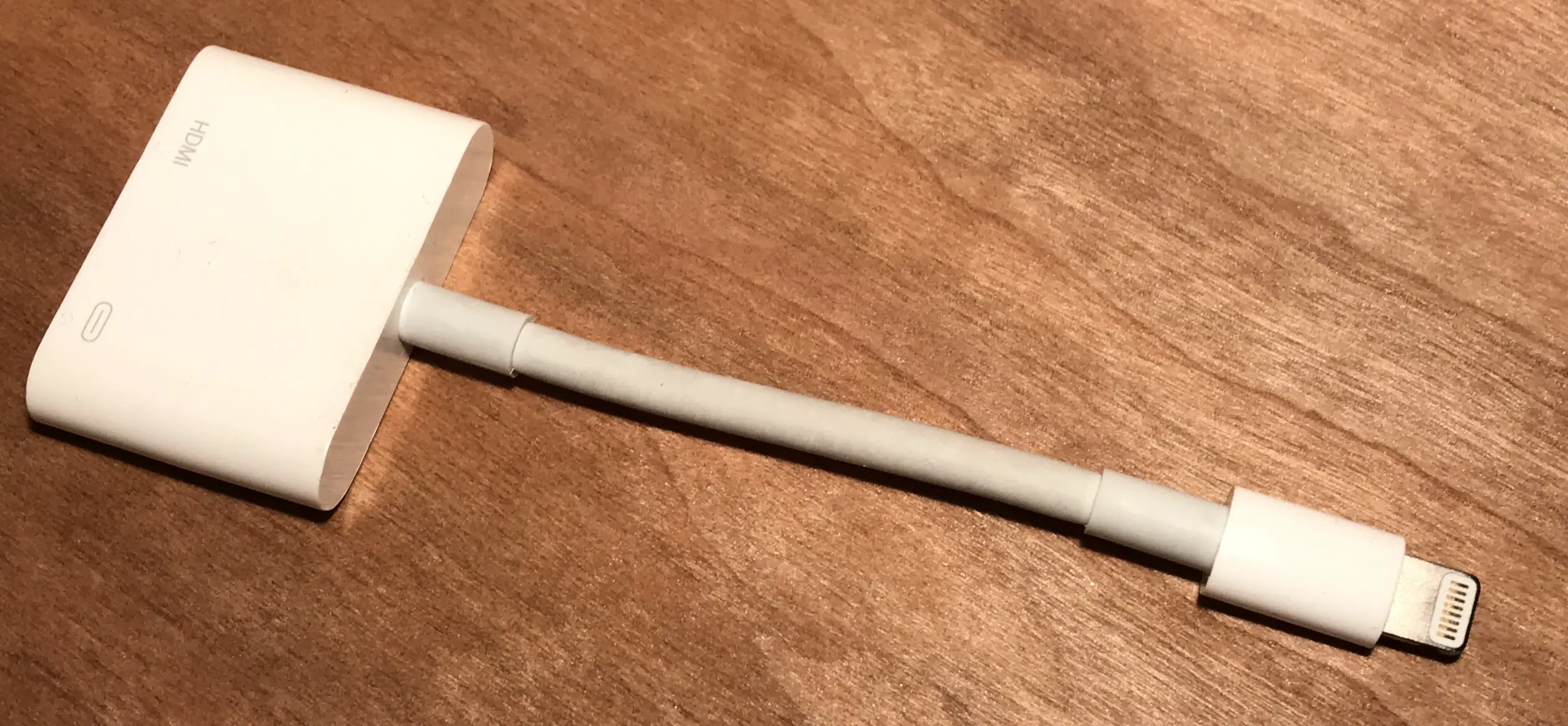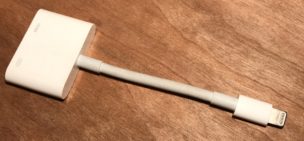This Lightning-to-HDMI adapter is my oldest adapter that’s still useful
Back in late 2012, Apple switched from the old 30 pin connector to the new Lightning connector. For me, that meant that in upgrading to an iPad mini from an iPad 2, I’d have to buy a whole new set of accessories, including the VGA and HDMI adapters that I used a lot. I wasn’t exactly happy about it, as those adapters weren’t cheap. Many at the time berated Apple for using a proprietary connector, instead of just using one of the standards.
Now, more than five years later, the HDMI adapter has become my oldest adapter that’s still useful. I also still have the VGA adapter, though nothing in my life uses VGA anymore. These adapters have been with me through multiple iOS device changes, including a period of using an iPhone, up to and including my current iPad mini 4 and iPad Pro 10.5″.
I cannot say the same for any other adapter I have. Mini DP adapters would be closest, but none of those have survived physically for that long. I still have some mini HDMI and micro HDMI cables and adapters somewhere, and I had some MHL adapters before I threw them away years ago, as nothing uses that anymore – at least not MHL over micro USB. I have some accessories that use the Surface connector, which I have used for two generations of that device series, though I got them for the second Surface I had as the first one did not use that connector. I also have a USB C dongle with HDMI out on it, but I’ve never had a chance to use that part of the adapter as none of my USB C devices support it. My two USB C phones and my USB C tablet don’t support video output over anything, and my Nintendo Switch just uses the physical USB C connector with its own proprietary adaptation. “Standards”, you say?
On the charging front, things are even worse. I still have devices that charge over mini USB, along with the typical array of micro USB and USB C devices, and of course the iPads that charge with Lightning. I’ve tried to standardize some of these with magnetic cables that at least makes them all compatible with the same cable, but that system doesn’t go back to mini USB. I also have random leftover cables from different smartwatches, Nintendo handhelds, and so on. There’s probably still some old 30 pin adapters from SanDisk, Samsung, and Sony MP3 players somewhere if I look hard enough. Then there are the leftover QI chargers I have, which I’ve long given up on as wireless charging is just too slow.
My point here is that the notion of a “standard” is pretty pointless when the standard changes so often, especially on top of older products that used proprietary connectors that the company stopped using or devices that are so small or weird that they “need” specialized connectors (e.g. smartwatches). USB C was supposed to fix this, but it’s up to the individual manufacturers what features they support, and they can even just use the connector. It’s why I have four USB C devices with a screen and an HDMI adapter that works with none of them.
I won’t speak for Apple’s other products, which have followed standards at random on top of its own magnetic connectors to the point of making everyone live the dongle life, but on mobile I think they’ve done pretty good. The Lightning connector may be proprietary, and accessories for it may be expensive, but at least it’s consistent. Not only do my current devices use that same connector, but unlike the Lenovo garbage I have for a phone and tablet, they actually support the accessories that use the connector.



